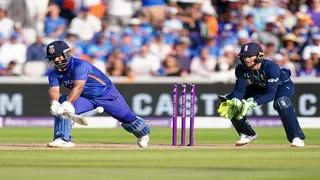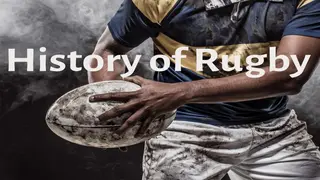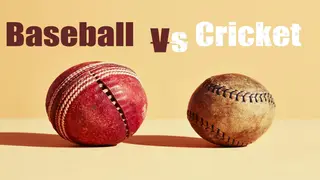Which country invented the game of cricket? History and all the facts
Cricket
Blind cricket is an incredible way to prove that disability is not inability. This variation of cricket was invented to include the visually impaired and is an excellent way to keep them involved in sporting activities. What does the sport entail? Get all the facts and details in this article.

Blind cricket brings together players who are blind, partially blind, and partially sighted. Since its invention in 1922, the sport has gained global popularity. The sport is yet to be included in the Olympics and Paralympics, but several World Blind Cricket World Cups have been held over the years. How is the sport played, and what are the rules governing it? Keep reading and find out.
In 1922, two blind factory workers from Melbourne, Australia, invented the game using a tin can containing rocks. Their efforts did not go unnoticed but paved the way for the formation of the Victorian Blind Cricket Association. Six years later, in 1928, the first blind cricket clubhouse was constructed in Kooyong, Melbourne. The world's first test cricket match for the blind was between Pakistan and South Africa in 2000. Pakistan won the game.
Which country invented the game of cricket? History and all the facts
Cricket
The blind cricket association, known as the World Blind Cricket Council, was established in 1996 during an annual international cricket meeting to administer and promote the sport globally. As of October 2023, 10 countries are members of the council, namely:
Most of these countries have local blind cricket associations that help promote the sport in their home countries and facilitate their athletes to be competitive internationally. Additionally, some, like India, have women's teams.

If you are wondering how blind cricket is played, adjustments are made to the original game to accommodate blind athletes. The ball is slightly larger than the original one and is filled with ball bearings or washers to provide audio cues for the players. This modification helps the partially blind to see the ball while the blind can hear it, making it easier to follow its movements.
The history of Rugby and all the facts on the origin of the game
Rugby
The wicket is wooden or plastic and is in fluorescent colours like orange and red, and is bigger to help them see it and adjust accordingly while batting. The play area is the same as the traditional cricket game. Besides these adjustments, the general play is the same as a standard cricket game.
How do you score in blind cricket? The batsman generally uses a sweep shot to ensure the best chance of the bat hitting the ball. The field is slightly shorter than in a regular game, facilitating the sweep.

Just like the play of the game, the rules of blind cricket borrow heavily from traditional cricket but are adjusted to accommodate the visually impaired players. Here are the most common blind cricket rules:
India vs Pakistan cricket. Which is the better country when it comes to cricket and why?
Cricket
There are two main blind cricket tournaments: the ODI (One Day International) and T20 (Twenty 20 International) World Cups. The first World Cup was held in 1998, and South Africa took the cup home. In August 2023, the IBSA World Blind Games took place, and Pakistan won the cup. Other World Cup tournaments and their winners are:

The first T29 Blind Cricket World Cup took place in 2012 in India, which also won the cup. Two more tournaments were held in 2017 and 2022, with India retaining the top position. The country's blind cricket team captain is Ajay Kumar Reddy, who is classified under the B2 category.
The success and popularity of this sport are proof of inclusivity in the sporting world. These individuals are undoubtedly inspiring to other differently-abled athletes who can now earn a decent living from a noble profession.
Baseball vs Cricket: Which is the better bat-and-ball sport and why?
Cricket
READ ALSO: A list of all sports that use balls. How many are there?
Sports Brief published a list of all sports that utilize balls as a part of the game. While many sporting activities use balls, some use other types of equipment. Which are some of the sports with balls?
Popular sports like football, basketball, and netball use specially designed balls. Others include tennis, golf, and bowling. Check out the above article for the complete list of sports that use balls.